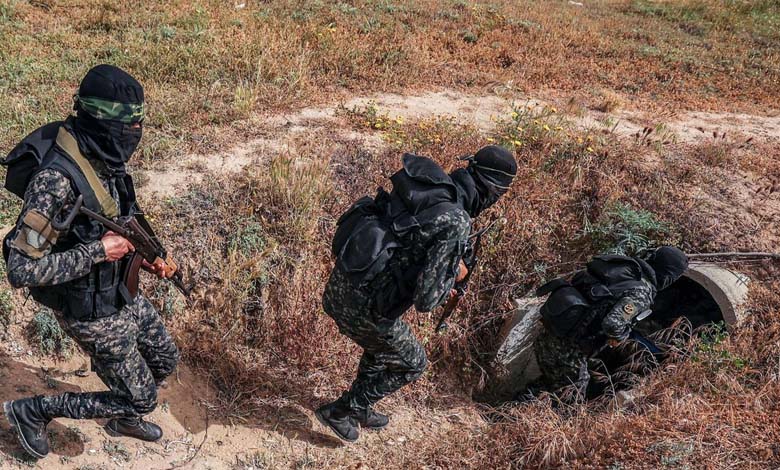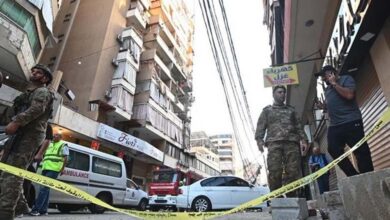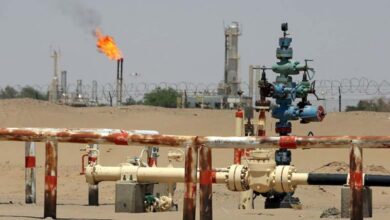Israel wages war on Hamas tunnels with robots and explosives
Clearing tunnels is a crucial part of the Israeli military campaign against Hamas, with an officer confirming that the complete destruction of the network may take months

The tunnel network of the Hamas movement poses the biggest challenge to Israel, which is using robots and other technological means to access the hideouts of the armed Palestinian faction, as the Israeli state suspects hostages are present inside.
Officers from the Israeli military‘s engineering corps identified what they claimed was an opening to one of Hamas‘s tunnels beneath an evacuated hospital in northern Gaza. They then filled the passage with explosive gel and pressed the detonation button.
Surveillance camera footage showed an explosion surrounding the building, causing smoke to rise from at least three points along an adjacent road in a neighborhood of Beit Hanoun.
An officer in the army, speaking to journalists at the Tze’elim base for ground forces in southern Israel, stated, “The gel spread and exploded everything that was waiting for us in the tunnel.”
Clearing tunnels is a crucial part of the Israeli military campaign against Hamas in the Gaza Strip in response to the attack launched by the armed Palestinian group on southern Israel last month.
Both sides claim that the tunnels extend for hundreds of kilometers beneath Gaza, and the military leans towards using robots and other advanced technologies that operate remotely.
The officer declined to provide further details about the underground fighting and did not specify the name of the hospital in Beit Hanoun, stating, “I believe there are other means being developed. This is an area where creativity and innovation are useful”.
He added that in Beit Hanoun, where his forces were operating, some militants attacked the Israeli army from tunnel openings, but soldiers killed them.
Security sources say that Hamas has tunnels for attack, smuggling, and storage, and dozens of openings could lead to each tunnel at depths ranging from 20 to 80 meters. The Israeli army stated last week that it had destroyed 130 openings so far but did not mention the number of tunnels it managed to demolish.
Destroying tunnels is a challenging task, as the officer stated that exploding a few hundred meters of the tunnel requires several tons of explosive gel, refusing to provide any technical details about it, except to say that it comes carried on trucks.
Even after the explosion, it is difficult to know its result, and the officer stated that it destroyed about half of the openings in his operational area in Beit Hanoun, but acknowledged the possibility of rebuilding them, saying, “It is difficult to determine the number of tunnels that have been destroyed because they are all connected to each other”.
Israel claims that Hamas took about 240 hostages to Gaza in the attack on October 7th, which also killed about 1,200 people.
A woman released among a limited number of those released stated that she and at least dozens of others were held in a tunnel, and the army officer stated that there is a commitment not to target tunnels that may contain hostages.
He added, “Sometimes we get indications that this target may be related to hostages; then, we know that we should not attack it unless we get approval.”
Like most areas in northern Gaza, civilian residents of Beit Hanoun have left and fled south on orders from Israel after it sent its ground forces into the sector in an attempt to eliminate Hamas.
The officer stated that “the only remaining residents are terrorists,” adding that the Palestinian militants captured by Israel provided limited information about the tunnel network.
He continued that it might take months to destroy the entire tunnel network in Gaza, saying, “I think it is more complicated than the subway tunnel network in New York City.”











